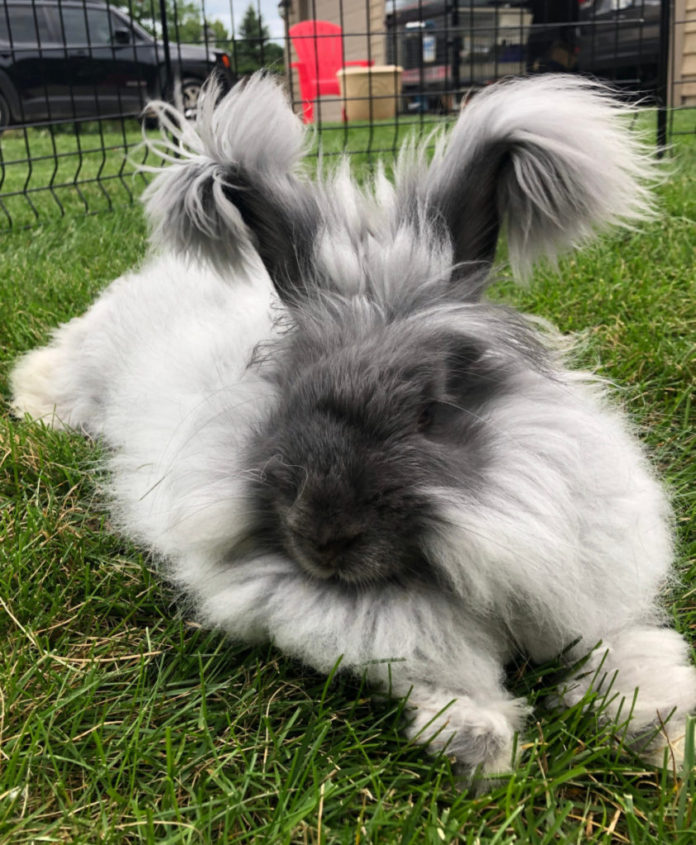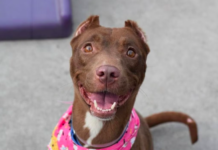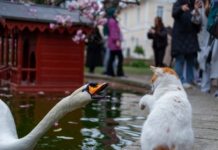Last Updated on January 28, 2024 by Fumipets
Unraveling Elegance: A Guide to Fluffy Angora Rabbit Breeds
Rabbits have long captured our hearts with their endearing personalities and velvety soft fur, and when it comes to supreme fluffiness, Angora rabbit breeds reign supreme. Renowned for their luxurious, cloud-like coats, these rabbits are more than just a spectacle for the eyes – they embody elegance in every hop. In this guide, we explore the world of Fluffy Angora Rabbit Breeds, unraveling the charm and care that comes with these enchanting and soft companions.
Fluffy Angora Rabbit Breeds
If you’ve ever seen a particularly fluffy rabbit, it was probably one of the four federally recognized Angora rabbit breeds. These amazing rabbits, which originated in Ankara, Turkey, have been bred for generations to produce the highest quality wool – with some breeds’ hair growing up to three inches every season!
This article will explain the key distinctions between each breed of this renowned lineage, whether you choose to keep an Angora as a pet, utilize it for wool production, or both. You’ll learn about the history of Angoras and receive some advice on how to care for this high-maintenance breed along the way.
Let’s start with the American Rabbit Breeders Association’s four recognized Angora breeds:
1. English Angora

The English Angora is the smallest of the four recognized Angora breeds, having been approved by the ARBA in 1910. They may weigh up to 7.5 pounds, with most display animals weighing less than that. Despite having some of the softest wool of all the Angora breeds, their coat mats quickly. As a result, everyday grooming is required to maintain an English Angora healthy.
This breed’s wide range of coat colors is the result of approximately 150 years of scientific breeding in England, starting with a French Angora and then crossing it with numerous colored varieties. Even in the United States, these rabbits have a lengthy history going back to the 1840s.
2. French Angora

This French breed, although bigger than English Angoras, seldom exceeds more than 10.5 pounds. It takes less upkeep than other Angoras due to its deep undercoat, but it still requires more than any shorthaired rabbit.
The French Angora is easily distinguished by its lack of lengthy hair on its face, and it is far less prone to hair-related health issues (and therefore makes an easier pet to take care of). A French Angora is an excellent compromise if you like the fluffy appearance of Angoras but are concerned about the upkeep needs.
3. Giant Angora

The Giant Angora, being the biggest of all Angora breeds, lives up to its name! Because of its very fluffy coat, the Huge, which may weigh up to 10 pounds, seems much larger than related giant breeds. The ARBA recognizes only the ruby-eyed white as a display rabbit.
They produce substantially more wool than the English, French, or Satin varieties of the same name, which were bred for industrial wool production. Giant Angoras develop more slowly than their peers due to their massive size, needing up to a year and a half to achieve full maturity.
4. Satin Angora

Satin Angora was created in the early 1980s in Ontario, Canada, and is called for its thick and luscious fur. Leopoldina P. Meyer produced this breed’s gorgeous coat and long, thick wool by crossing a wooly offspring of a Satin litter with a French Angora.
This breed has proven very popular among owners wishing to make apparel from their rabbits’ wool, since it has the clean face of the French Angora and the fine, lustrous hair of the Satin. It doesn’t generate as much wool as other Angoras, but it comes in a larger range of colors.
5. German Angora

The German Angora is a cult favorite among the International Association of German Angora Rabbit Breeders, despite not being recognized by the ARBA. The German Angora is smaller than other angoras, having a thick and dense wool, although it lacks some of the lineage associated with the other ARBA approved breeds, and its ancestry is unknown.
We recommend visiting the IAGARB website for additional information on this unique breed.
The Lesser-Known Angora Rabbit Breeds
Because the Angora has gone so far, many breeds have little information about their ancestors or interbreeding. Furthermore, since these varieties are virtually entirely bred for the purpose of producing wool, there is little information accessible to home rabbit owners. Chinese, Japanese, Korean, Russian, Finnish, Swiss, and St. Lucian Angoras are among these breeds.
Conclusion
Although all Angora breeds are known for their long, velvety coats, the variations between their five primary breeds will help you decide which one is right for you. The Giant Angora is suited for optimum wool production… French Angoras, on the other hand, are a great choice if you want a low-maintenance pet. English, Satin, and German Angoras are in the center, with more upkeep and finer-textured hair.
Thank you for taking the time to read our information about the Angora breed, and we hope you found it useful in your study!
Questions and Answers on Fluffy Angora Rabbit Breeds
What distinguishes Angora rabbit breeds from other rabbits?
Angora rabbit breeds are known for their distinctive, long, and silky wool. Their luxurious fur sets them apart, creating an aura of elegance that captures the attention of rabbit enthusiasts worldwide.
How many Angora rabbit breeds are there, and what are their names?
There are four main Angora rabbit breeds recognized by most rabbit breed standards: English Angora, French Angora, Satin Angora, and Giant Angora. Each breed exhibits unique characteristics in terms of size, wool texture, and coloration.
What is the grooming routine for Angora rabbits?
Due to their long and dense wool, Angora rabbits require meticulous grooming. Regular brushing is essential to prevent matting and maintain the health of their coat. Additionally, consistent grooming ensures that the rabbits are free from discomfort and health issues related to their wool.
Are Angora rabbits suitable for every home?
While Angora rabbits make delightful companions, their specific grooming needs may not be suitable for everyone. Prospective owners should consider the time and effort required for grooming to ensure the well-being of these fluff-bundled rabbits.
What makes Angora rabbits cherished pets beyond their fluffiness?
Beyond their luxurious fur, Angora rabbits are cherished for their gentle temperament and social nature. They form strong bonds with their owners and thrive in environments where they receive proper care, attention, and, of course, ample opportunities for frolicking in their voluminous fluff.


















